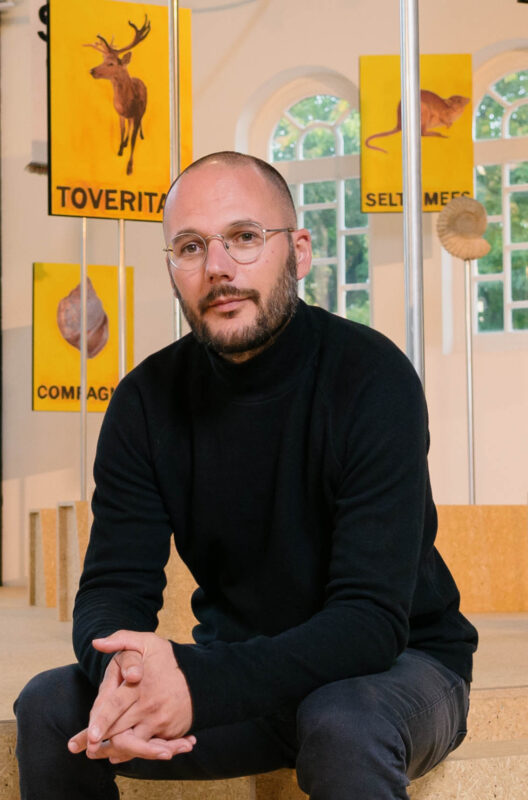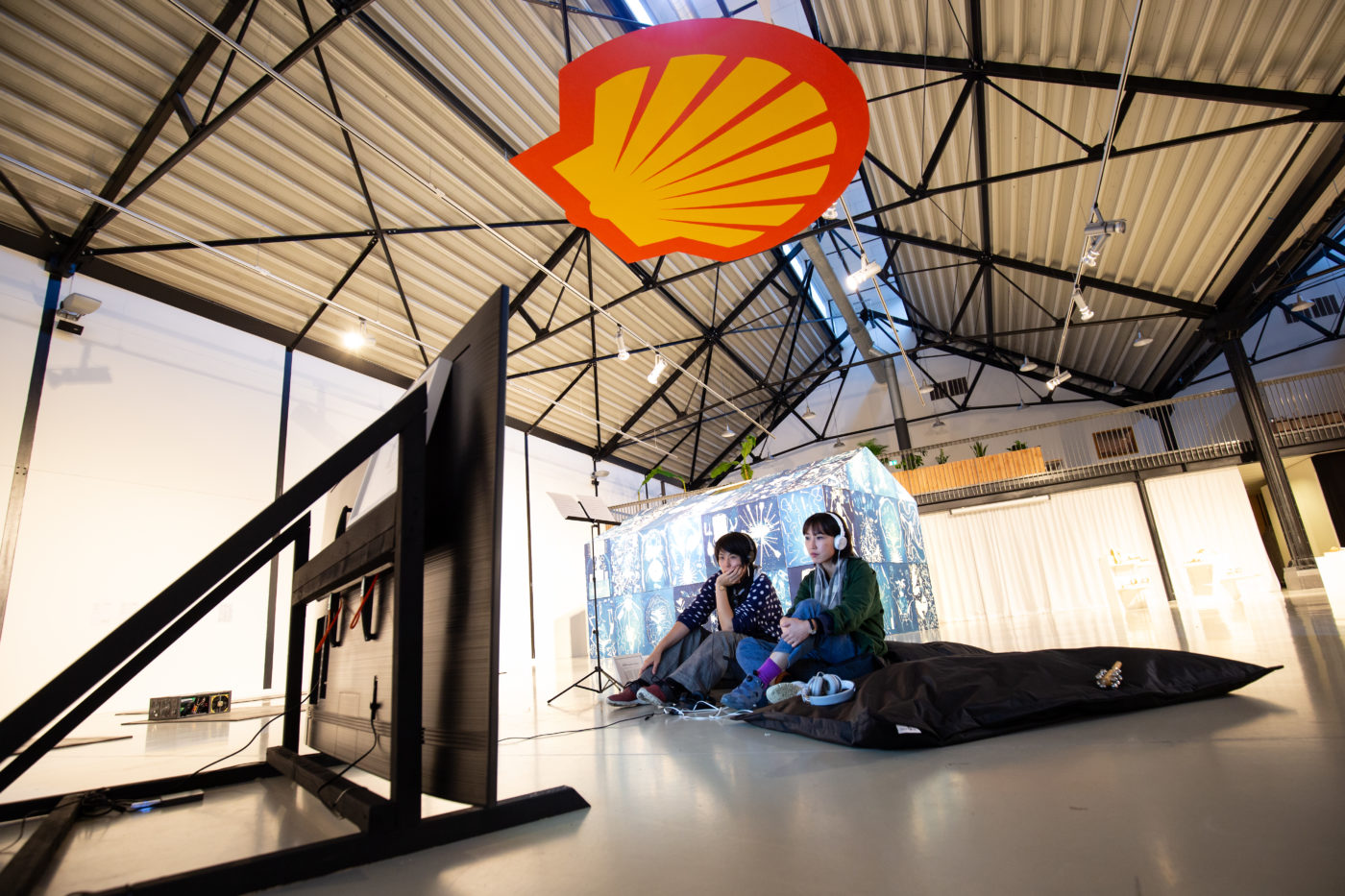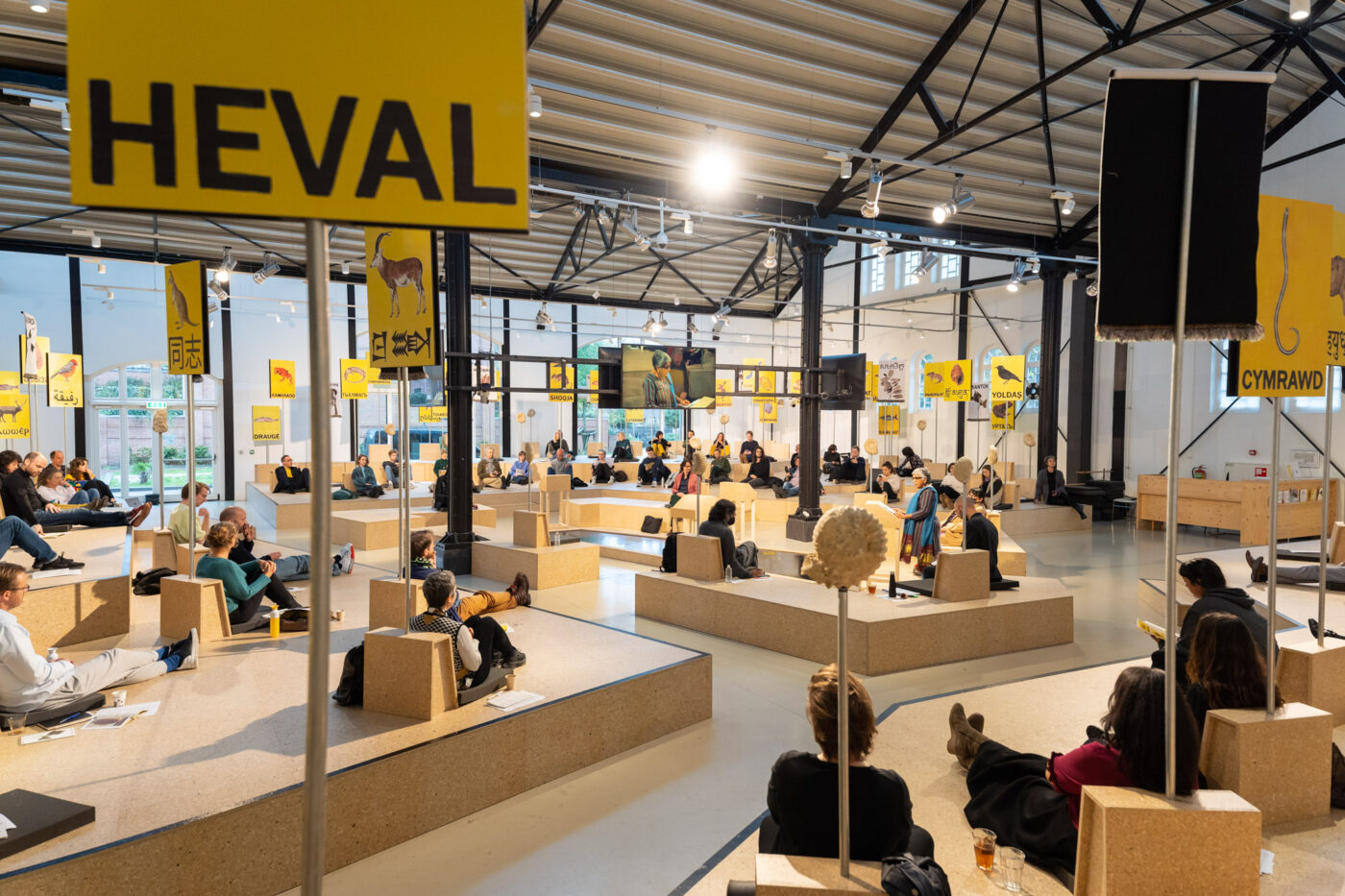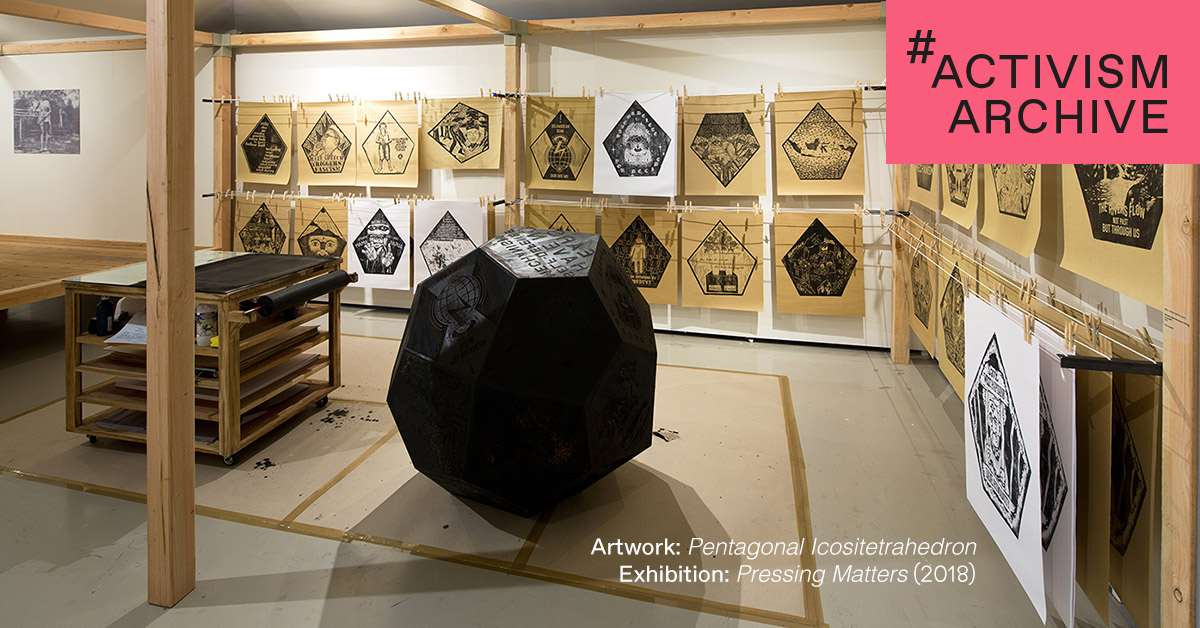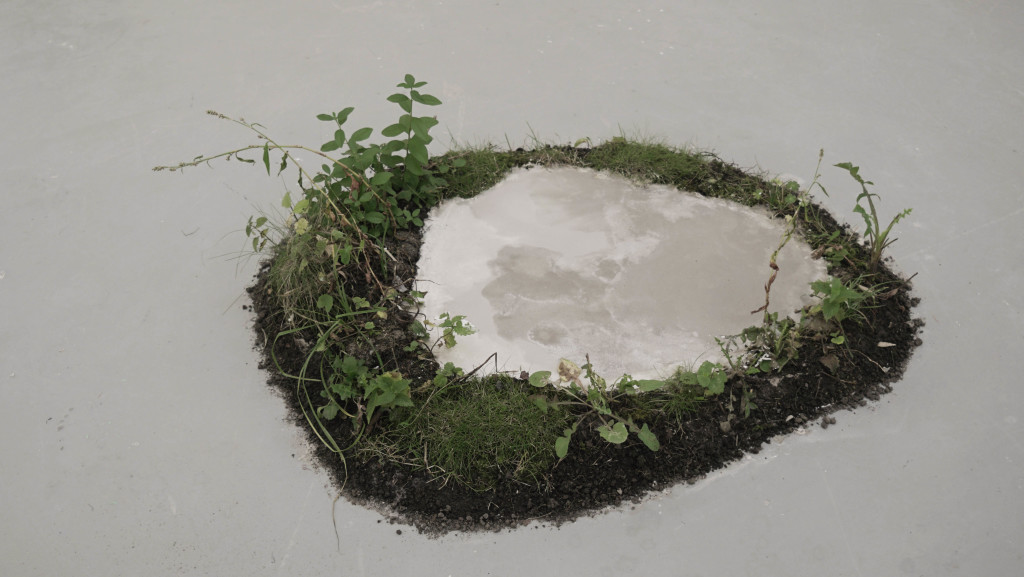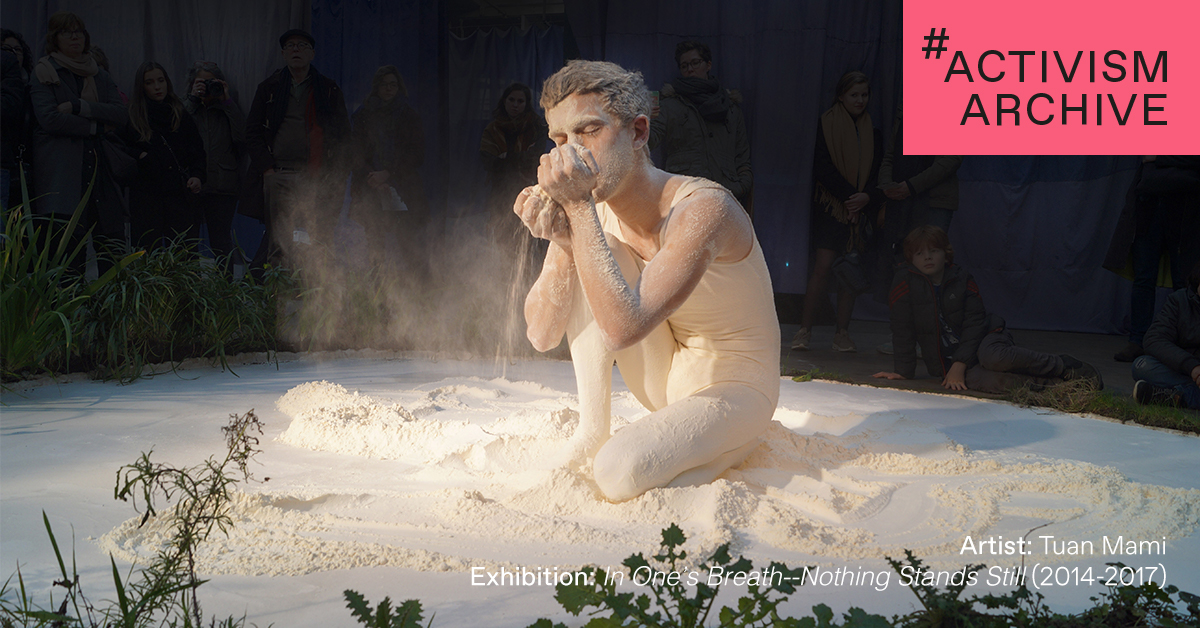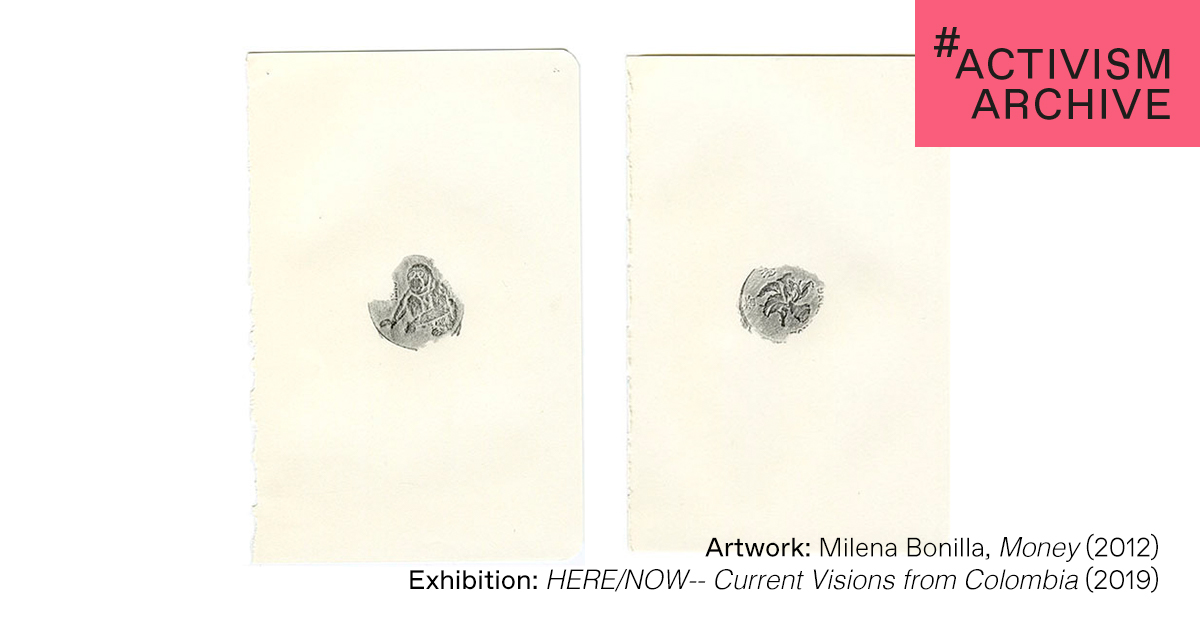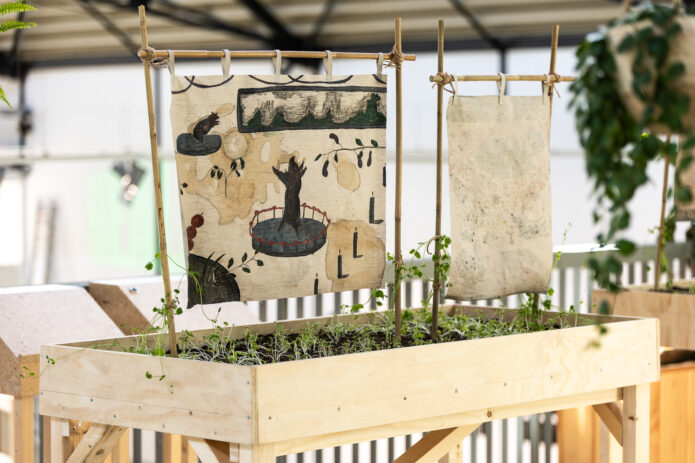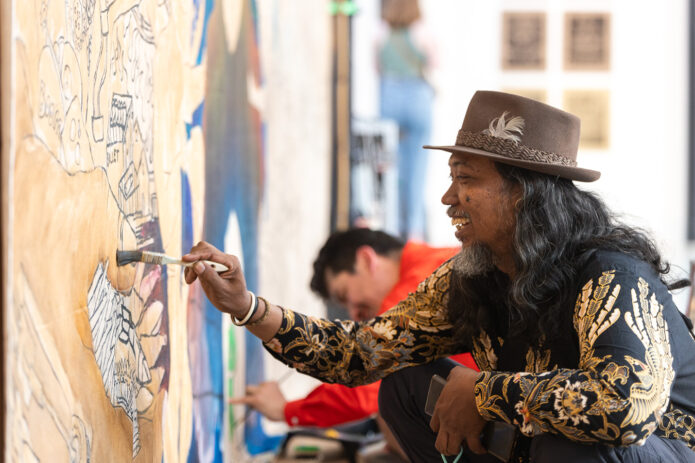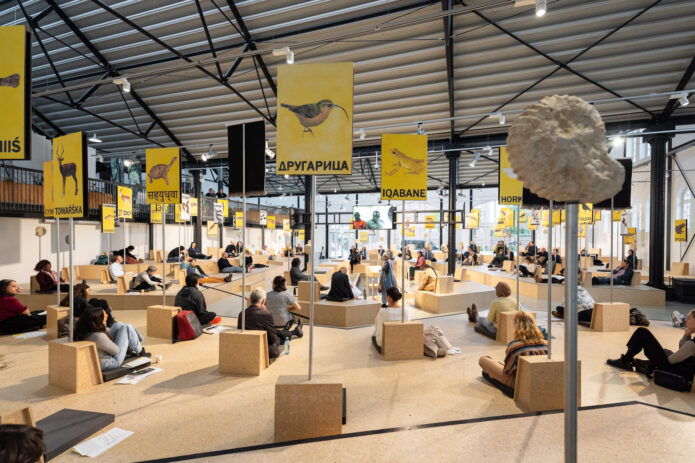Climate and Environmental Activism in the Arts - #ActivismArchive
In this series, Framer Framed highlights artist’s work from previous exhibitions and their relation to climate and environmental activism.
The initiative for #ActivismArchive came from Ashley Maum, as a way of supporting the Fridays for Future climate strike online in 2020. The archive hopes to convey the power and possibility art holds in the face of (environmental) struggle.
Shared space, shared land
The work of Peng Zhang
20 September 2024
Peng Zhang is the newest addition to the #ActivismArchive. a self-described ‘farmer-artist’, Zhang works on land projects, sculptures, paintings and drawings between China and the Netherlands. He creates landscapes, formalised not with paint and brush, but with and within the earth. He looks back at rural traditions, examining the ever-changing nature of the land, while considering farming in a broader social and communal context.
His installation Moving Rurality is a mobile garden, a living artwork cultivated on site that shifts inside and out of the exhibition space. The planted seeds grew during the course of the exhibition, their bright green sprouts reaching up towards Zhang’s abstract paintings of an imagined ecosystem.
This was a special presentation for Public Art Amsterdam 2024 for the manifestation Het Gedeeld Domein. Moving Rurality is a recognition of how we share public space; it is a shared domain with residents, visitors, entrepreneurs, animals, plants and millions of other organisms. Zhang emphasises the adaptability of landscapes, and how shared environments, such as the city of Amsterdam, require levels of care and attention to more-than-human lives – just like tending to a garden.
Fertilising Mourning
The research of Eliana Otta
11 February 2024
Another entry in the #ActivismArchive also comes from the exhibition, The One-Straw Revolution (2024). Peruvian artist, Eliana Otta has been visiting Indigenous communities and environmental activists in Peru for a number of years. Her research project, Virtual Sanctuary for Fertilizing Mourning explores collective mourning as a decolonial and regenerative practice capable of dismantling hierarchical binaries, like the opposition between life and death.
Her artwork, To Beatriz and the Sacred Hole (2023), features sounds, voices and memories from visits to the Peruvian Indigenous community Nuevo Amanecer Hawai. Otta spoke to Beatriz, the daughter of Mauro Pío, a local leader assassinated in 2013 by employees of a wood-felling company. Many Indigenous activists are killed while defending their territories from deforestation, mining, and drug trafficking. For many, the ongoing climate crisis and fight to live is already a question of life and death.
Family members are often buried in shallow graves, together with their belongings and natural material. This creates a dark, mineral rich soil that is used to nourish plants and other life forms. Visitors listen to Otta’s sound piece whilst on large cushions, with a projection of dense forest Beatriz calls home. The narration weaves together intimate relationships with more-than-human beings, traditional plant healing and soothing dreams.
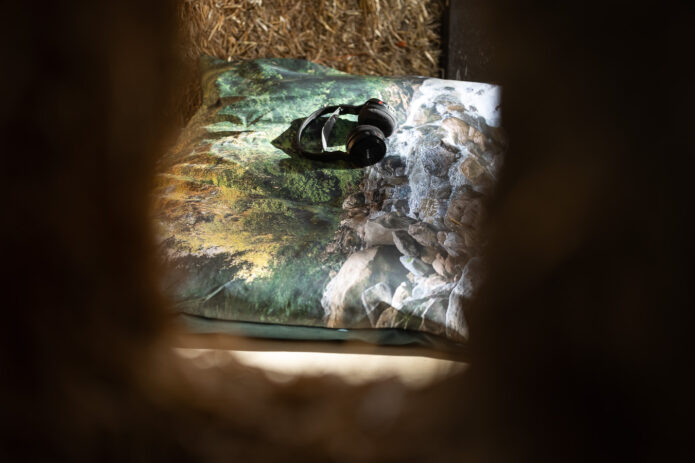
Exhibition ‘The One-Straw Revolution‘ (2024) curated by iLiana Fokianaki. Photo: Maarten Nauw / Framer Framed
Ecological Resilience
A commissioned work by Kyriaki Goni
11 February 2024
The One-Straw Revolution, curated by iLiana Fokianaki, is full of poignant artworks that could be added to the #ActivismArchive. This time, we highlight Kyriaki Goni’s poetic, political and critical installation, Telling the Bees (2024) commissioned by Framer Framed.
The audio-visual assemblage tells the story of a woman in the distant future, gifted an ancient bee basket (smarologos/σμαρολόγος). She restores the basket and sets out to find the last surviving bees on an environmentally damaged island.
The installation includes a sculptural interpretation of the bee basket, drawings, an artistic publication on the intelligence of bees, and a video imagining the catastrophic effects of increased tourism in the Aegean Sea. Goni’s work often seeks to connect the local with the (inter)planetary, the fictional with the scientific. Bees are one of Earth’s most resilient inhabitants and are vital for preserving ecological equilibrium. They have witnessed the devastating effects of the ongoing climate crisis, which risks their disappearance. Goni highlights the disruption of interspecies connection, as well as the decay of alternative knowledge systems. The bee basket becomes a symbol for permaculture – a new ecology, exploring potential sustainable futures.
A Story of Seclusion and Extinction
The residency of Golrokh Nafisi & Ahmadali Kadivar
11 November 2023
For the first graphic novel of the #ActivismArchive we turn to Golrokh Nafisi’s project, Walvistraan: A Love Story in a Time of Extinction and Isolation published by Framer Framed in 2024.
Iranian artist Nafisi was the artist-in-residence at the Werkplaats Molenwijk from August to November 2023 together with fellow artist Ahmadali Kadivar. During their stay in the neighbourhood, they investigated the local workers’ history of Amsterdam Noord. Walvisbuurt, connected to the Molenwijk, was formerly a hub of the whaling industry through its connection to the IJ-river. Whales were hunted for their blubber and baleen, used as fuel and structural elastic for clothes, umbrellas and fishing lines respectively. Many streets in the neighbourhood are named after types of whales that were hunted for industry.
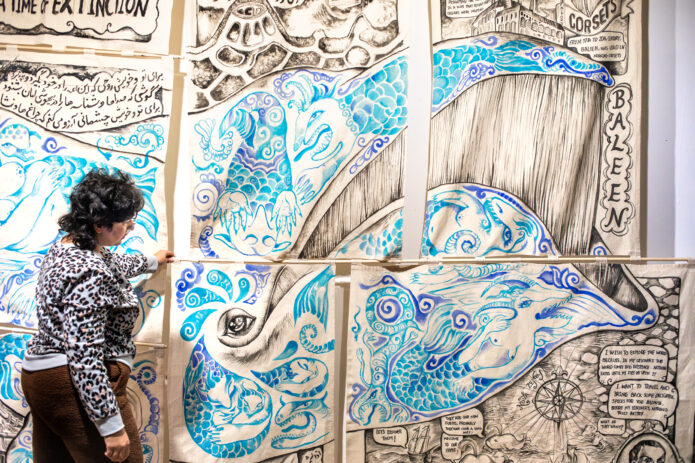
Golrohk Nafisi, Walvistraan (2023) at Werkplaats Molenwijk a project space of Framer Framed, Amsterdam. Photo: © Marlise Steeman / Framer Framed
As a visual artist informed by drawing, poetry, storytelling and handcrafts, Nafisi turned to sketching the residents of the neighbourhood and weaving together a fantasy tale of the Molenwijk inhabitants – human and non-human. The result was the graphic novel, Wavistraan, a touching tale of resilience and unity in connection to land and history.
Ecology and activism play an important role in the story. Printed in a limited colour palette of blues, reds and greens, Nafisi’s fantastical characters of whales and moles jump off the page. The multi-layered subjects of protest, cultural diversity and environmental change are presented with a tender strength.
To learn more about the history of, and within, the publication – listen to the Framer Framed podcast interview with Nafisi and Kadivar here.
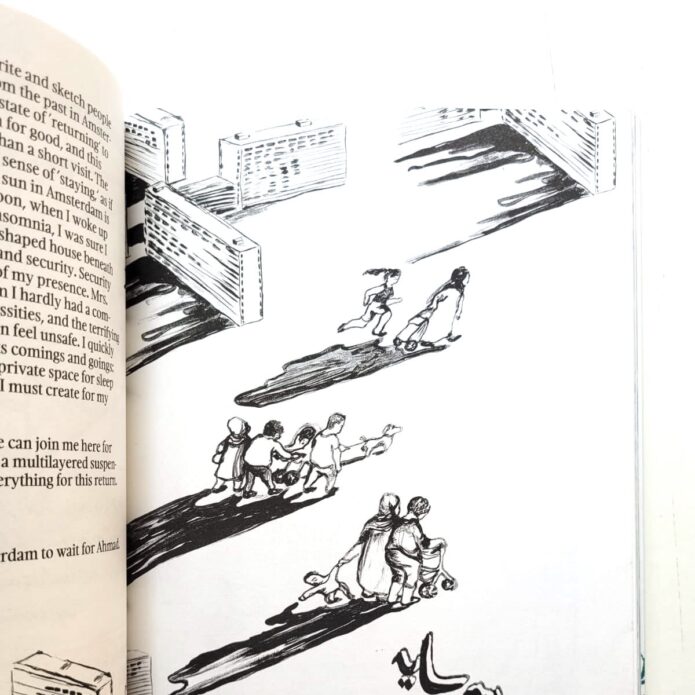
‘Walvistraan: A Love Story in a Time of Extinction and Isolation‘ (2024). © Golrokh Nafisi and Ahmadali Kadivar / Framer Framed
Translating Toxicity
The research project of Samia Henni
8 October 2023
The work of architectural historian Samia Henni is a notable addition to our #ActivismArchive. The exhibition at Framer Framed, presented in 2023 in collaboration with If I Can’t Dance, I Don’t Want To Be Part Of Your Revolution, emerges from a broader research project and an open access digital database. Between 1960 and 1966, the French colonial regime detonated four atmospheric atomic bombs, thirteen underground nuclear bombs and conducted other nuclear experiments in the Algerian Sahara, causing irreversible contaminations of living bodies, cells and particles, as well as in the natural and built environments.
The exhibition installation took the form of thirteen stations – audio-visual assemblages which addressed different areas of the military archives, geological impacts and effects felt by local communities of this violent history. This form created a spatial language, which, according to curator Megan Hoetger, “is neither fully visual nor fully auditory. It moves the eye both up and down and side-to-side, engaging the whole body in the act of reading.”
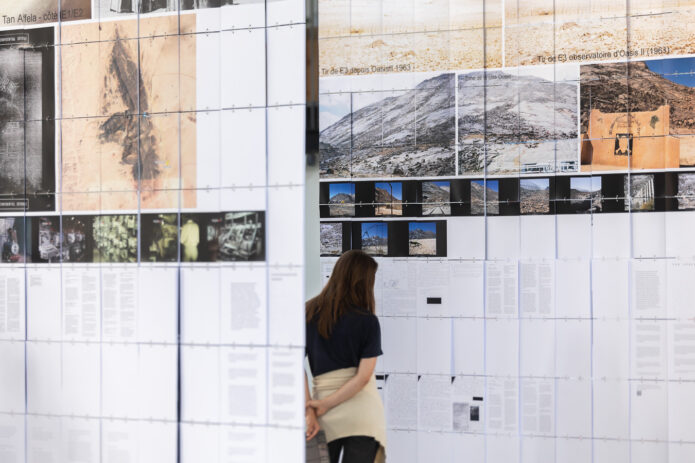
Installation photo of the exhibition ‘Performing Colonial Toxicity’ (2023) by Samia Henni at Framer Framed in collaboration with If I Can’t Dance, I Don’t Want To Be Part Of Your Revolution, Amsterdam. Photo: © Maarten Nauw / Framer Framed
Each station contains a QR code and transcripts from The Testimony Translation Project in which Henni, along with Observatoire des armements and a team of volunteers translators, digitised and translated over seven hundred pages of written and oral testimonies from French and Algerian victims of the nuclear blasts. The (after)lives of its radioactive debris and nuclear waste caused intense and lifelong health issues for workers of these sites, both French and Algerian. Due to the secrecy of the French government, many people cannot access the care they need as they do not have the information of what precisely happened to them or their families. The ‘official’ archive is mostly marked by its gaps. Visitors physically move between the stations, navigating these absences, bending and turning to read the experiences of the victims, becoming part of the performance of exposing and spatialising the inaccessible classified archives.
You can read the testimonies and translations online here.
The Living Legacy of Colonial Violence
The philosophy of Taring Padi
10 September 2023
For the exhibition Tanah Merdeka, we are highlighting an artwork made by Taring Padi on site at Framer Framed. The magnificent almost four-metre banner Evolusi Kekerasan Kolonial (2024) was created during the course of the exhibition, together with participants from the public.
Formed in Yogyakarta in 1998, Taring Padi is an activist art collective known for creating artworks that function as protest signs and banners. Their most recent project, De Levende Erfenis van Koloniaal Geweld / Evolusi Kekerasan Kolonial (in English, ‘the living legacy of colonial violence’), explores Dutch colonisation of Indonesia through scenes representing histories of exploitation, extraction, and commodification of land.
In their signature style of bold colours and a multitude of figures and characters, the unique visual perspective of the banner draws a viewer’s eye first to the water, where Dutch boats are arriving to the shores of the Indonesian archipelago in waves of blood. The bridge stretching across connects two sides of imperialism and violence, to peace and collectivity. Weapons and war are juxtaposed with food, bountiful resources and joyful solidarity.
The banner forms a pair with Retomar Nossa Terra / Rebut Tanah Kita (2023), meaning ‘reclaim the land’, created during their residency in Brazil at Casa do Povo together with the Brazilian landless workers movement MST (Movimento dos Trabalhadores Rurais Sem Terra).
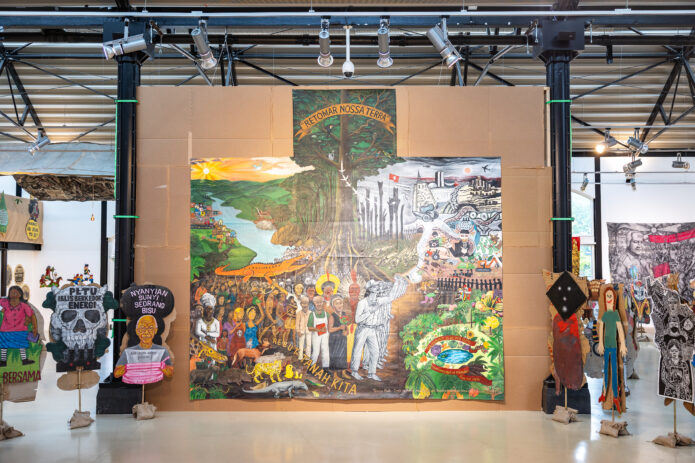
Retomar Nossa Terra (2023) by Taring Padi, Casa do Povo, MST and Framer Framed. Photo: Maarten Nauw / Framer Framed
Exemplified in the production of the work, its presentation, and its many symbols, Taring Padi’s practice is hopeful. Only together can we defeat forms of racism, colonialism, capitalism, and patriarchal structures that led to the destruction of communities, environments and ecosystems. The banner itself is a transformative space, representing a violent past and pointing towards the possibility of a peaceful future.
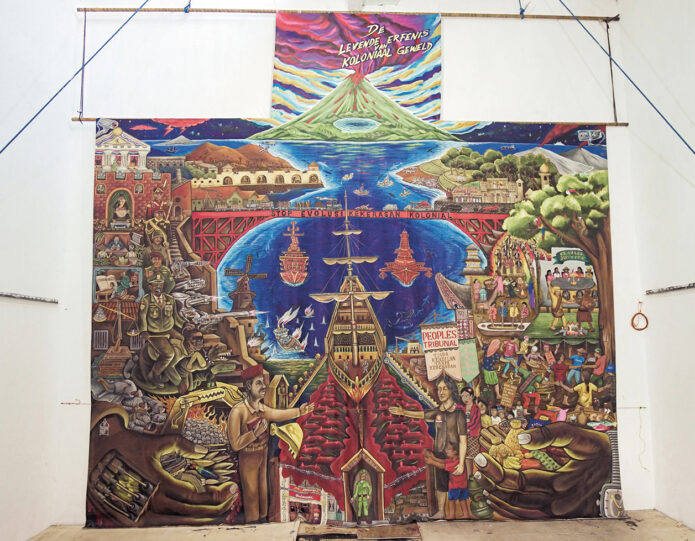
Taring Padi and Framer Framed, De Levende Erfenis van Koloniaal Geweld / Evolusi Kekerasan Kolonial (2023). Photo courtesy of Taring Padi
A Gaseous Cosmology
A performance by Teresa Borasino, with contributions from Ibelisse Guardia Ferragutti
27 February 2023
Peruvian artist and activist Teresa Borasino took over the space of Framer Framed in 2023 for a two-night performance, ceremony, conversation and ofrenda.
In 2021, Teresa began a long-term artistic research into ancestral knowledge and practices of the Southern Andes region of Peru. Her research, which culminated in her performance, shed light on the forgotten and historically oppressed communities of the Andes. Forced into a colonial distinction between humanity and nature, their ecological cosmovision considers the mountain Ausangate as a living being and the source of all life, of prosperity or misfortune, of health or disease.
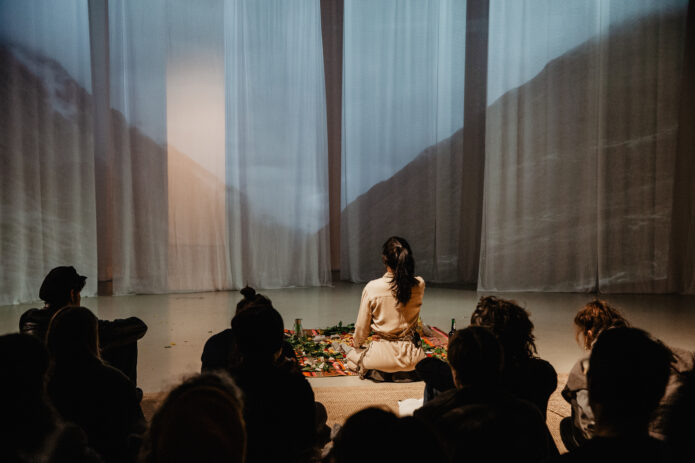
Teresa Borasino, Ausangate, a gaseous cosmology (2023). Performance at Framer Framed. Photo: Laura Ponchel
Borasino involved the audience in an offering to nature, before delving into the practice of samay, a Quechua term referring to the art of breathing, blowing, wheezing, smoking, gasping, and infusing life-essence into the world hence the theme of a gaseous cosmology. This was aided by long sheer curtains, transforming the exhibition space of Framer Framed, and a sonic score by artist and musician Ibelisse Guardia Ferragutti. Borasino heightened the audience’s awareness of the relationships between human and more-than-human bodies. The performance concluded with everyone standing together by the canal outside Framer Framed and burning an offering to Ausangate, watching the smoke disappear into the Amsterdam sky.
Within the #ActivismArchive Borasino’s performance is a powerful interrelation between local context and a global culture of oppression and destruction through the exploitation of environments.
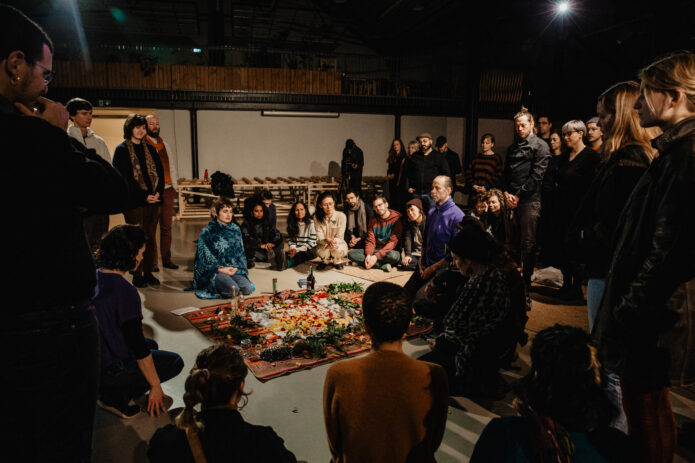
Teresa Borasino, Ausangate, a gaseous cosmology. (2023). Performance at Framer Framed. Photo: Laura Ponchel
Confronting Extraction
The photographic work of Georges Senga
24 February 2023
Georges Senga is a photographer whose work explores memory, looking for the resonances that people, their facts and their objects leave behind, and the resilience of memory in his country, the Democratic Republic of the Congo (DRC). He is an active member of artistic training programme, Atelier Picha in Lubumbashi (DRC), the artist collective On-Trade-Off as well as at the Photo Market and Phototools workshop in Johannesburg, South Africa.
His contribution to the exhibition Charging Myths (2023) is part of a larger series of works titled Tshanga-Tshanga, referring both to the Swahili word for ‘mixing’ and patchwork fabric. The collection Milles Bêches is a series of aerial shots of artificial lakes around Manono, remnants of the old mining pits. They devour the scenes, creating new landscapes which are patchworks of the area’s history of extraction. The title means ‘1000 spades’ and is the name of a specific sand quarry that has been dug by hand for 16 years. Within the exhibition scenography, designed by Katharina Sook Wilting & Tal, Senga’s photos come away from the wall at an angle, forcing the altered landscape towards the visitor. You are confronted with the precarity of their position and subsequently the precarity of the infrastructural changes established by international mining companies.

Installatiefoto van de tentoonstelling Charging Myths (2023) bij Framer Framed, Amsterdam. Foto: Maarten Nauw / Framer Framed
The Belgian company Géomines began mining there in the early 20th century, and the local population still suffers from the trauma, conflict and unemployment that emerged after industrial tin extraction was ended in the early 1980s. Senga shows in a stark and candid way the industrial ruins that persist today, and a town that finds itself caught between past and future. He shows a people affected by the discovery of lithium and at the whim of capitalist greed which transforms their everyday lives.
Senga hosted educational workshops at Framer Framed in late 2024 for students of the Montessori Lyceum Oost. He continues his artistic research into the imperial formations that still connect the DRC to Belgium and the Netherlands today.
Addressing (mono)cultures
The practice of Aline Baiana
24 April 2022
Aline Baiana’s artwork in the exhibition, The Silence of Tired Tongues (2022), addresses Indigenous, feminist, ethnic, environmental and social justice concerns. In the installation, Earthseed or Archipelago #1, strings of soybeans drape from a triangular structure. Inside the curtain of soybeans is a staff decorated with a rich collection native seeds and beans from Brazil. These diverse kernels are hidden by the uniform monotony of soy. Baiana translates this to the marginalisation of particular societal groups, seeing industrial agriculture and soya monoculture as a metaphor for the racialised and gendered social hierarchies which underpin the colonial world and suppress diversity.
Making the artwork was a collaborative process. The inner staff was made in collaboration with Tapixi Guajajara, an Indigenous artist of the Guajajara people, during a residency at La Escocesa in 2022. Team members, volunteers and participants from Framer Framed’s Open Atelier further helped to create the strings of soybeans. The commission was made possible by support from the Berlin Artistic Research Grant Programme.
Aline Baiana is a Brazilian artist working between Rio de Janeiro and Berlin. Watch her interview to learn more about the process of making the artwork at Framer Framed.

Aline Baiana, Earthseed or Archipelago #1 (2022), commissioned by Framer Framed. Photo: Eva Broekema / Framer Framed
‘We don’t want the right to live, we want to live.’
The Court for Intergenerational Climate Crimes
In 2021, Ashley Maum was part of the research team for the Court for Intergenerational Climate Crimes (CICC), a collaboration between Framer Framed, academic, writer and activist lawyer Radha D’Souza and visual artist Jonas Staal. The The CICC raises an important aspect of climate activism by confront the role of the law, corporations and states in ecological crises. The first iteration of the CICC took place at Framer Framed in Amsterdam from 25 September 2021 – 13 February 2022. For over a year the Project Team did research for the project’s culminating event – four days of public hearings against the Dutch State, Unilever, ING and Airbus for their intergenerational climate crimes.
Each day an expert begins the hearings as prosecutor, introducing the accused and laying out the sort of climate-harming activities to be evidenced that day. This was then followed by the evidentiary testimonies of three witnesses, speaking as members of activist, environmental and Indigenous groups from around the world. The hearings took place under the guidance of four judges: Radha D’Souza, Sharon H. Venne (Notokwew Muskwa Manitokan), Nicholas Hildyard and Rasigan Maharajh, who each brought unique experience and knowledge as they reflected on the cases.

Photo: Ruben Hamelink
At the heart of the hearings, is a critique of the co-constitutive relationship between the law, transnational corporations and states in the perpetration of climate crimes across generations, affecting the conditions of future planetary life. The performative tribunal takes place in an arena-like installation, where the audience – acting in the role of a public jury – sits surrounded by the presences of extinct species. These species take the form of paintings and weavings and represent a fraction of the species extinction caused by human activities within systems of settler colonialism and capitalism. They form part of an archival network titled Comrades in Extinction. Each species is depicted alongside the word ‘comrade’ in different languages, emphasising the practice of more-than-human solidarity in the CICC’s climate justice.

Photo: Ruben Hamelink
The title for this entry is a quote from Professor Angelica de Freitas e Silva, who joined the CICC as jury member during the hearing against ING and presented a moving statement on climate injustice in her native Brazil. The four CICC hearings are now available online; they can be watched in full on Framer Framed’s Youtube channel.
Another iteration of the CICC was presented at the Netherlands Pavilion at the 14th Annual Gwangju Biennale in South Korea. Under the title Extinction Wars, the presentation highlighted how the very existence of the military-industrial complex itself should be considered a climate crime. Wars have devastating multigenerational impact on human communities, but equally on the complex ecosystems that sustain them. And climate catastrophe should itself be considered a war crime: an extinction war waged against living worlds.
Similar to the court in Amsterdam, there were public hearings with prosecutors and witnesses from various social movements and activist organisations who testified to the role of states and corporations in perpetuating climate war crimes, specifically in the context of Korea.
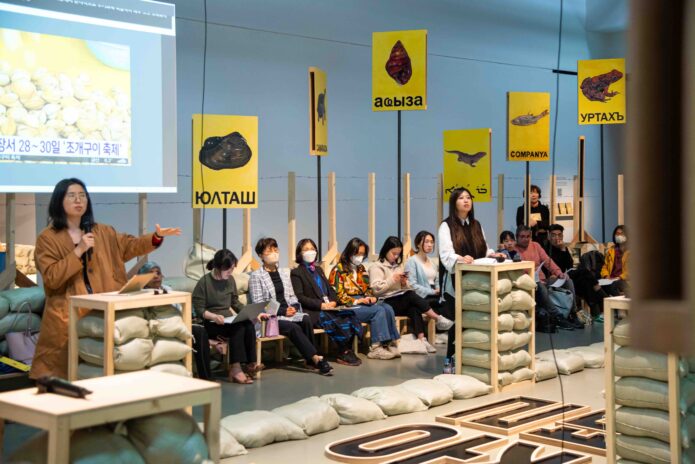
Installatiefoto van de tentoonstelling CICC: Extinction Wars (2023) van Jonas Staal en Radha D’ Souza, een co-productie van Framer Framed in samenwerking met het 14e Gwangju Biennale Netherlands Pavilion. Samengesteld door Juhyun Cho, in samenwerking met Gwangju Biennale Foundation, Gwangju Museum of Art en Framer Framed. Foto: © Jonas Staal
Mandala / Harmony
The work of Arahmaiani
29 May 2020
For our last #ActivismArchive of 2020, we turn to our current exhibition On the Nature of Botanical Gardens (2020) and Arahmaiani’s installation work, Memory of Nature (2013-2019). Arahmaiani has practiced for a long time at the intersections of environmental, social, cultural and gender issues. For Memory of Nature, she was inspired by her work with a Tibetan community of monks.
The form of the work is based on the Buddhist mandala and relates to philosophy but also environmental science. As a representation of the universe, the mandala has to do with interconnection and living in harmony. Integral to this for Arahmaiani is the recognition of human beings, ourselves, as part of nature, as opposed to the current view of nature as object.
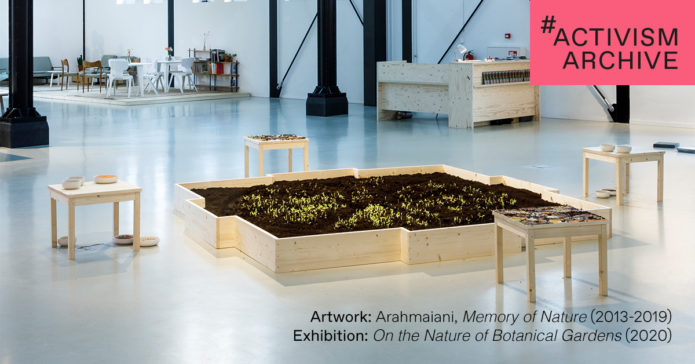
Photo credit: Eva Broekema / Framer Framed
Another element of Memory of Nature is the surrounding tables with seeds and beans that invite viewers to participate by making their own mandalas, an exercise in social action and connection.
In preparation for Framer Framed’s re-opening on 2 June, we have been working in the soil of Memory of Nature to re-plant and grow mung beans. Arahmaiani’s installation has certainly changed the Framer Framed team’s actions and thinking around plant life, nature and our connected relationship. We hope that the work can have a similarly meaningful impact on you, our visitors.
Click here to watch our virtual studio visit with Arahmaiani, where she talks more about Memory of Nature and her artistic practice.
To Inform, To Act
The work of Mídia NINJA
22 May 2020
This week we add the Brazilian journalist network, Mídia NINJA, to the #ActivismArchive. Framer Framed hosted two members of the Ninja network for the public program Mídia NINJA: Counterattack, as part of a series of events on indigenous activism and land rights during the exhibition HERE/NOW: Current Visions from Colombia (2019). The Ninjas have a very active social media network, which is great to follow to stay informed on their work with indigenous communities and opportunities for support.
Mídia NINJA first emerged during the public protests in Brazil in June 2013, during which they broadcasted from the street and counteracted misinformation from major media outlets. The collective sees democratic communication as a human right and uses new technologies to defend the public interest, cultural diversity, and the right to information.
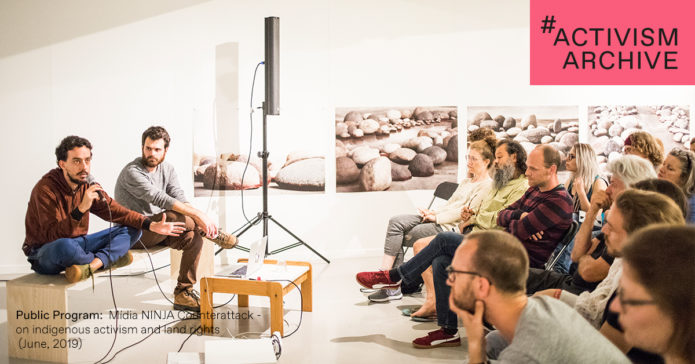
Photo credit: Marlise Steeman / Framer Framed
Their practice often includes helping indigenous organizations to develop their own media platforms, instrumental for publicizing and communicating their own situations. Mídia NINJA is also very active in the fight against environmental devastation, specifically as it impacts the Amazon rainforest and its indigenous inhabitants. In 2019, the Ninjas co-founded Brazil’s first environmental activism app called 342 Amazônia, which helps spread critical information on the ongoing battle for the region’s protection.
On the Framer Framed social media pages, we shared a video message from Brazilian activist Sônia Guajajara. She talks briefly about the difficult conditions faced by indigenous populations in Brazil, with many people in need of better communication, living and heath conditions. Guajajara goes on to thank Mídia NINJA for their part in spreading much-needed awareness of the issues and sends big hugs to the Dutch and Framer Framed. To watch the video, click here.
On Shell
The work of Rumiko Hagiwara
15 May 2020
For this week’s #ActivismArchive, we’re highlighting Rumiko Hagiwara’s video installation, I want to be a shell (2019), from the exhibition Elsewheres Within Here (2019) I want to be a shell retraces the journey of a Japanese seashell into one of the most recogniseable commercial symbols in the world: the logo for the Shell oil and gas company. Along the way, Hagiwara relates the transformation of the shell to her personal experience as a Japanese person who has settled in the Netherlands, reflecting on (mis)translations of cultural identity.

Photo credit: Maarten van Haaff / Framer Framed
While watching the video, Hagiwara places the viewer underneath a massive Shell logo, making us aware of the looming capitalist presence and our own complicit relationship with it. Similar to the Milena Bonilla’s Money (2012), which we featured in the #ActivismArchive on 1 May, Hagiwara intervenes in the sadly ironic use of a natural symbol for the logo of an environmentally harmful company.
Central to Hagiwara’s narrative of the shell is how it lost its shadow, with the gradual flattening of the Shell logo over the years. Understanding a shadow as a sort of reflection, its loss could speak to a loss of reflexivity, with the Shell company moving further and further from the reality of the seashell, the natural world and its effect on it. I want to be a shell traces the interconnected histories of an ordinary encounter with nature, extreme capitalist growth, migration and self-transformation.
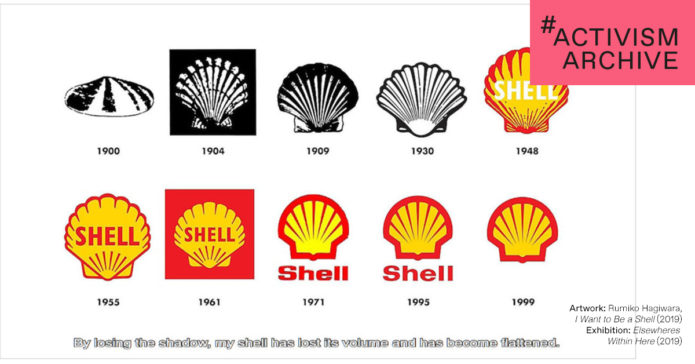
Rumiko Hagiwara, film still from I want to be a shell (2019)
Tactful Media
The work of The Yes Men
8 May 2020
On the 20th anniversary of the 1984 Bhopal gas leak, a spokesperson for Dow Chemical announced on BBC World News that Dow would finally accept full responsibility for the disaster and planned to liquidate the $12 billion worth of its subsidiary Union Carbide India to appropriately compensate its hundreds of thousands of victims. The newscast was soon revealed to be a hoax staged by media pranksters The Yes Men, who we add to the #ActivismArchive this week. Video from Dow Does the Right Thing (2004) was included as part of Framer Framed’s exhibition As If: The Media Artist as Trickster (2017).
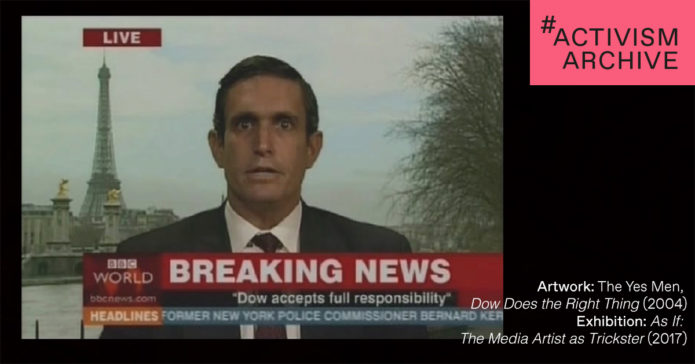
As the announcement sent Dow’s stocks plummeting, The Yes Men revealed the power of deceptive media intervention in influencing reality. Today, The Yes Men continue to target major polluting companies, bluntly deriding their ‘greenwashing’ tactics through parody advertisements and websites. While the collective’s stunts are often laughable, their disruption of the media landscape creates a critical space for discussion and the imagination of alternative futures.
Dow Does The Right Thing allows us to briefly experience a world in which companies actually do ‘the right thing’ by taking responsible action for their climate crimes and the devastating harm they cause. When the fiction is pulled away, The Yes Men leave us with both a bitter reminder of our unjust power structures and a vision of a changed political reality.
To view The Yes Men’s Dow Does the Right Thing newscast, click here.
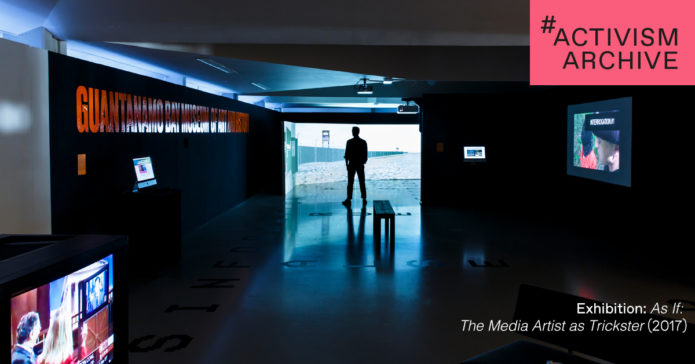
Photo credit: Eva Broekema / Framer Framed
Icons of a Nation
The work of Milena Bonilla
1 May 2020
Our #ActivismArchive pick for the week is Milena Bonilla’s contribution to HERE/NOW – Current Visions from Colombia (2019) at Framer Framed. In her artistic practice, Bonilla explores representation and consumption. She studies language as a means of colonising knowledge and nature, which are then consumed at large scale through media. HERE/NOW featured her work, Money (2012), a collection of 260 frottages of coins from various countries with depictions of plants and animals.
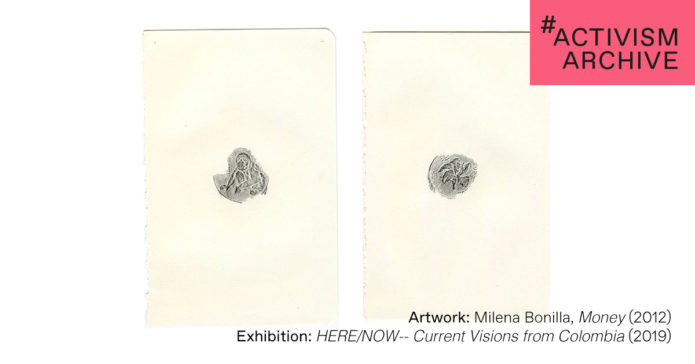
The Money series calls attention to the iconographic use of plants and animals in nation-building — think of our national birds and flowers. The landscape of a region is poetically intertwined with our conception of it, from plains of farmland and rolling hills to stretches of desert sands or dense jungle. While we employ these symbols to capture the essence of our country’s spirit, we often fail to care for these environments and their native flora and fauna as they exist in the natural world and within our borders. Bonilla thus points to the dissonance, at a societal level, between the idealisation of nature and its exploitative commodification through economic and representational systems.
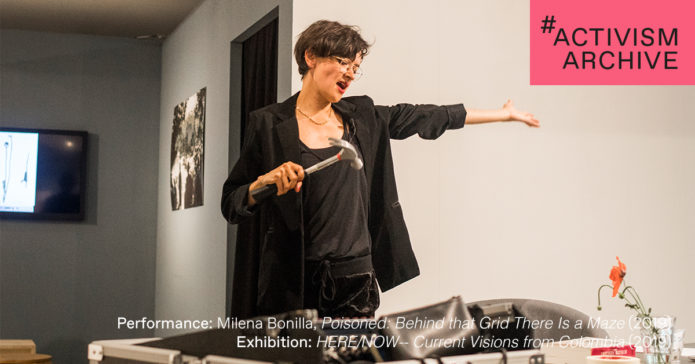
Photo credit: Marlise Steeman / Framer Framed
For the finissage of HERE/NOW, Bonilla performed Poisoned: Behind that Grid There is a Maze (2019), which addresses the exploitation, criminalisation, synthetisation and isolation of Opium. To view, click here.
The Turtle and the Artist
The work of Jennifer Allora & Guillermo Calzadilla
24 April 2020
This week, our Friday #ActivismArchive follows the global Earth Day celebrations, which took place on Wednesday 22 April. We are going our furthest yet into the Framer Framed archive to the exhibition Costume Bureau (2014) and a video work by artist duo Jennifer Allora and Guillermo Calzadilla, Amphibious (Login-Logout) (2005).

Film stills of ‘Amphibious (Login-Logout)’
The short film follows a group of turtles sitting on a log as it floats along China’s Pearl River Delta. Amphibious cuts between close shots of the turtles and distanced views of the river’s shore, where industry dominates. We watch as people and cars pass swiftly, as cranes and barges move massive shipping containers. Allora and Calzadilla situate the viewer in the perspective of the turtle; the industrialised environment in turn becomes strange and foreign to us. Through this perspectival aligning, we are made to think of the interconnected relationship between the industrial and the natural. The turtle and the river, who undoubtedly felt the effects of human action on their habitats, bodies, and behaviours long before we began to account for it.

The Costume Bureau (2014) exhibition takes its name from an installation work by Mark Dion from 2006, in which he stages four outfits he has worn during his time as an artist. The outfits symbolise the various roles an artist can take through their practice: researcher, explorer, and – as we hope to show – activist.
Copper and the Colonial Past in the Present
The work of Sammy Baloji
17 April 2020
Our addition to the #ActvismArchive this week is Sammy Baloji’s Tales of the Copper Cross Garden, Episode 1 (2017). The film was presented at Framer Framed in Baloji’s solo exhibition, A Blueprint for Toads and Snakes (2018), which staged the artist’s research into the contemporary effects of colonial history in his home country, the Democratic Republic of the Congo (DRC) and, specifically, in Lubumbashi – the capital city of the Katanga province and a major mining region.
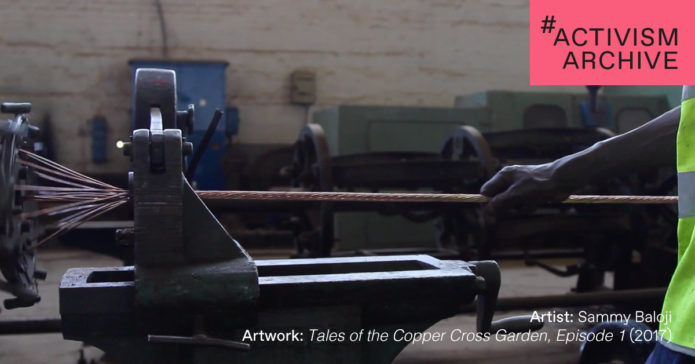
Sammy Baloji, Tales of the Copper Cross Garden (2017). Film still
Tales of the Copper Cross Garden records the mining industry’s influence in daily life with video of metalworkers shaping raw material into spools of copper wire. The film moves slowly through the factory, capturing a choreography of movement kept in time by the heating and cooling of metal. Baloji layers the audio with songs from the Children’s Choir of the Copper Cross – their presence speaking to the role of the Church in Belgium’s colonisation of the Congo. The choir sings along with the whirring of the machines, their sound emerging as if from the same place. The film traces the intersections of colonial enterprise and the global economic market with resource depletion and environmental degradation. Baloji documents how colonial heritage is carried into the present and how it will inevitably be carried into the future by the climate-altering effects of the mining industry.
To view an excerpt from Tales of the Copper Cross Garden, Episode 1, click here. A Blueprint for Toads and Snakes is currently on show in adapted form in Lundskonsthall’s exhibition Other Tales (15 February – 15 May 2020).

Photo: Eva Broekema / Framer Framed
Stone, Stillness and Breath
The work of Tuan Mami
10 April 2020
For this week’s #ActivismArchive, we look to Tuan Mami’s In One’s Breath–Nothing Stands Still (2014-2017), which Framer Framed presented for the Intersections programme of Art Rotterdam in 2017. The multimedia installation is a product of several years of research by the artist into the pollution, loss of biodiversity, and disruption of local culture in Hà Nam, Vietnam caused by years of exploitative stone mining. The subject is an intimate one for the artist because Hà Nam is also his hometown. In One’s Breath manifests a sort of post-apocalyptic scene that balances between stillness and movement, truth and imagination – it is at once reality and a haunting dream. The disjunctions held together in the space come from Tuan Mami’s own thoughts of his hometown, as he observes its transition from the paradise of his childhood to a site of exploitation.
In researching and materialising his own experience, Tuan Mami diagrams a global situation – a slow, insidious change becoming recognisable over time – caused by our own actions, our prioritisation of human desire in the processes of industrialisation and modernisation. In One’s Breath is also a work of solidarity with the local community and mine workers of Hà Nam and their efforts of protest against the government and mining companies, with the artist’s role as documenting and bringing public attention to the situation.
If you’d like to know more about the work and Tuan Mami’s research process, follow the link to an interview with the artist from 2017.
Earth and Judgement
The work of Fitri DK
3 April 2020
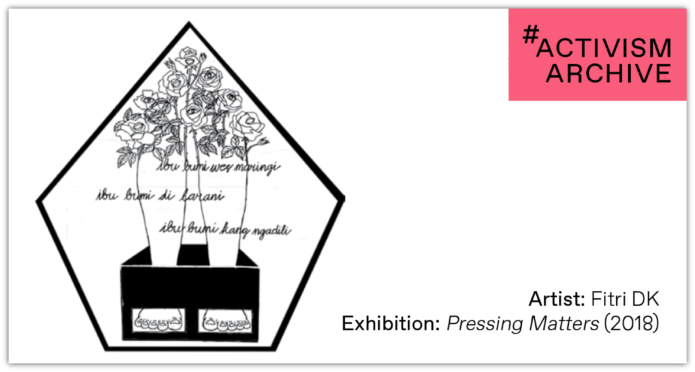
This week we’ve selected a work from Pressing Matters (2018) by artist and writer, Fitri DK. Her design for the exhibition’s 24-sided printing block honors a group of Kendeng women, who protested a cement factory’s pollution of the surrounding area. During their action, the women sat on the ground with their feet in blocks of cement and hummed:
‘Ibu bumi, ibu bumi wis maringi, ibu bumi dilarani, ibu bumi kang ngadili.’ – ‘Mother earth gives, mother earth suffers, Mother Earth will judge.’
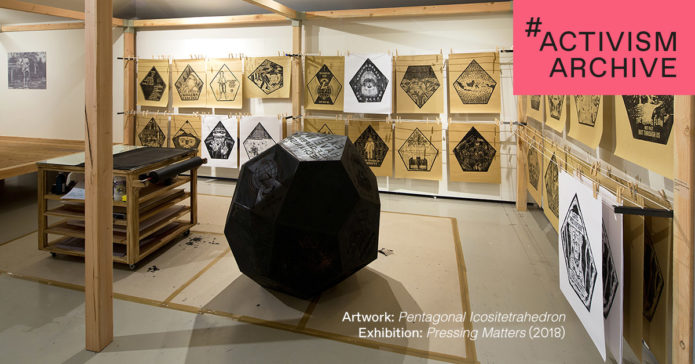
Like the activists of Fitri DK’s artwork, we fight for the protection of the environment today – thinking not only of our own rights but those of future generations to fresh air, clean water, the land, the mountains and the forests.
The #ActivismArchive series is organised by Ashley Maum. This page has been irregularly updated since april 2020.
Art and Activism / Action Research / Crisis Imaginaries / Ecology / Planetary Poetics /
Exhibitions

Exhibition: Court for Intergenerational Climate Crimes
A project by Radha D'Souza and Jonas Staal
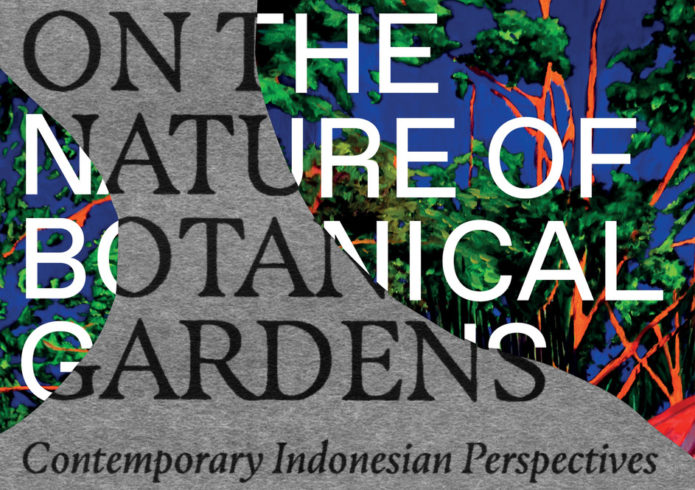
Exhibition: On the Nature of Botanical Gardens
Contemporary indonesian perspectives by nine Indonesian artists
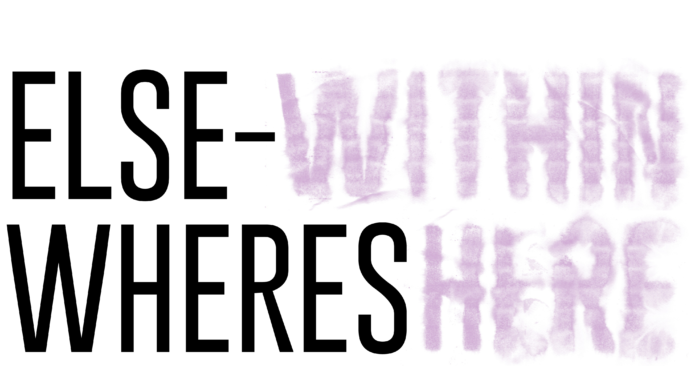
Exhibition: Elsewheres Within Here
Curator: Jo-Lene Ong

Exhibition: HERE/NOW - Current Visions from Colombia
Twenty artists presenting contemporary art and photojournalism created in the context of Colombia.
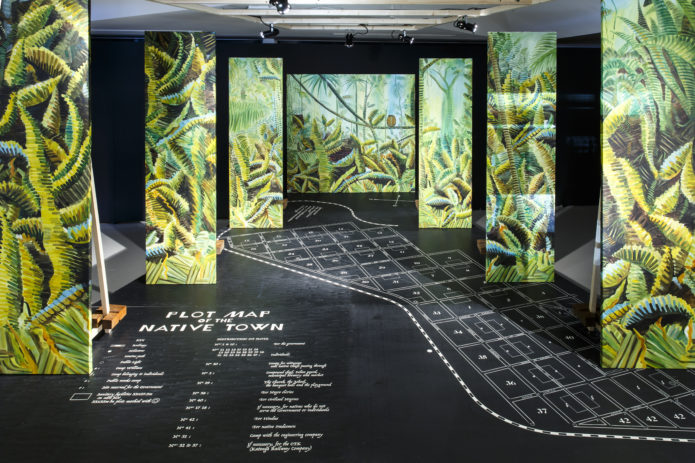
Exhibition: A Blueprint for Toads and Snakes
A solo exhibition by Sammy Baloji
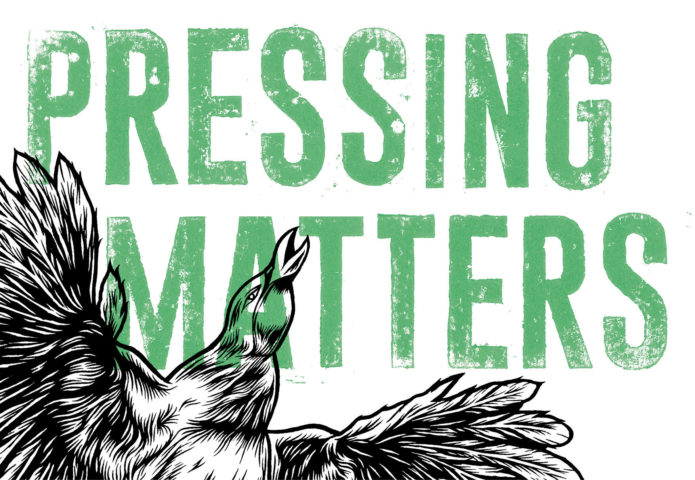
Exhibition: Pressing Matters
Featuring 24 Indonesian artists brought together by artist Kevin van Braak
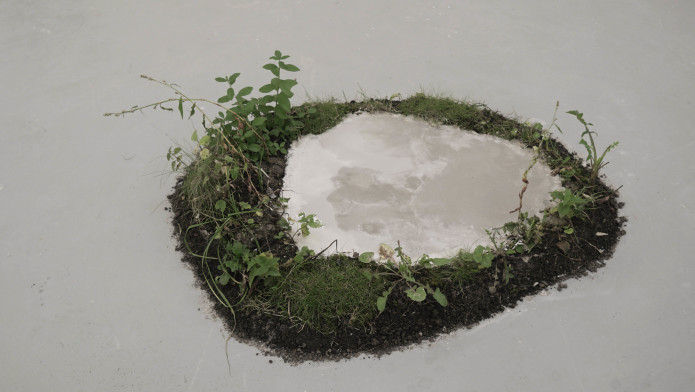
Exhibition: In One's Breath - Nothing Stands Still
Framer Framed is part of international art fair Art Rotterdam (2017) with work by Tuan Mami
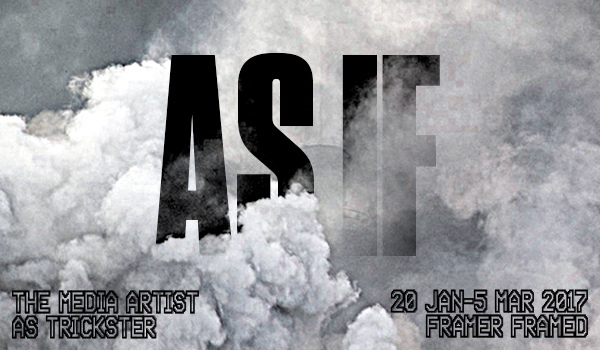
Exhibition: As If - The Media Artist as Trickster
On politically inspired media art that uses deception in all its forms. Curated by Annet Dekker and David Garcia i.c.w. Ian Alan Paul
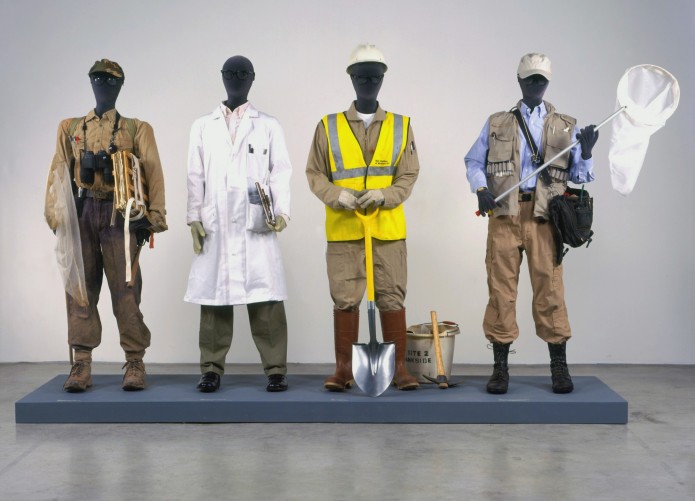
Exhibition: Costume Bureau
A collection presentation of Museum Het Domein, curated by Roel Arkesteijn
Network
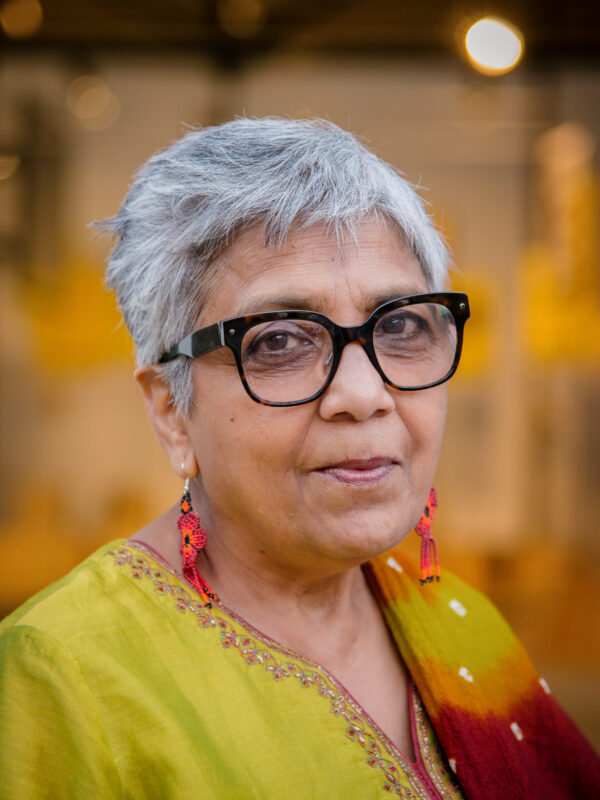
Radha D'Souza
Writer, academic, lawyer and activist
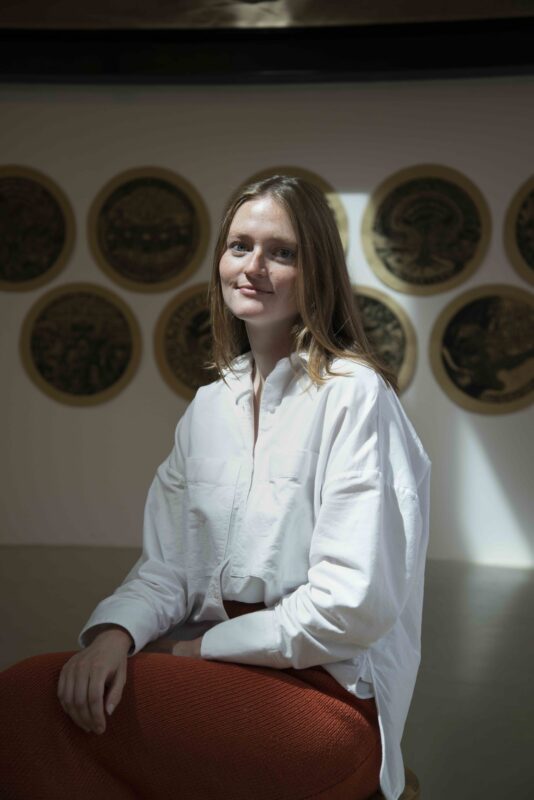
Ashley Maum
Exhibitions and research
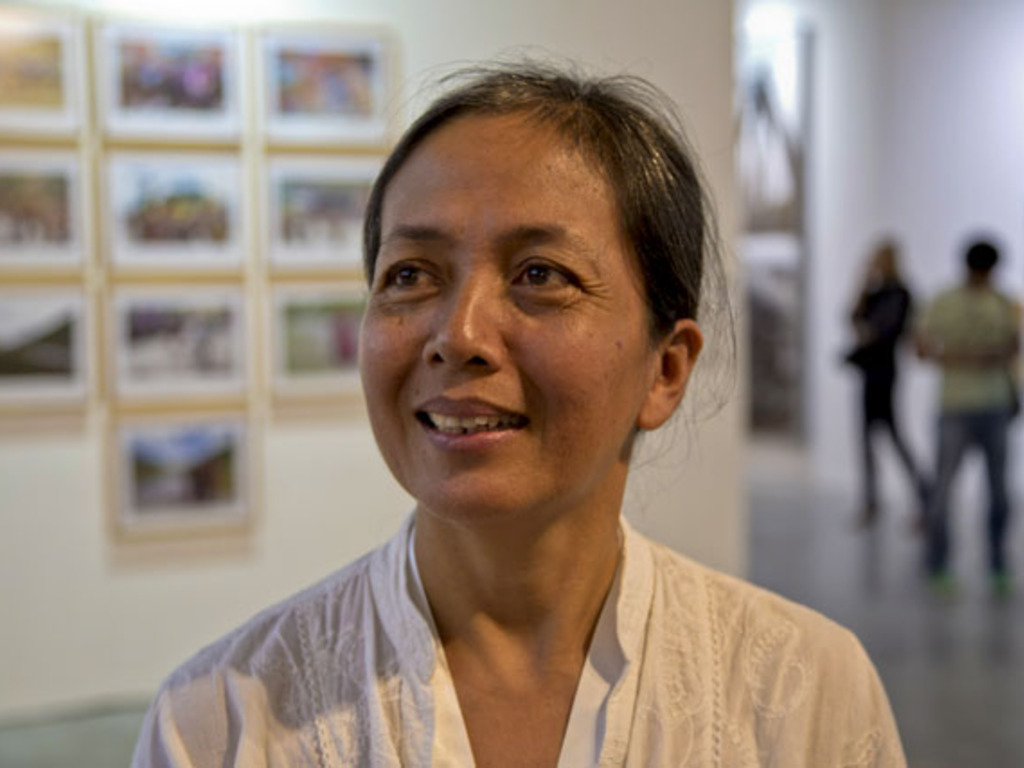
Arahmaiani
Artist
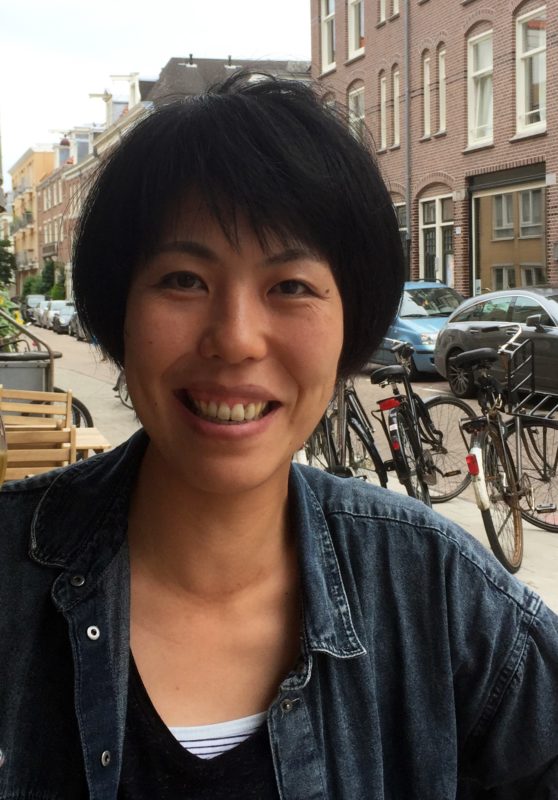
Rumiko Hagiwara
Artist
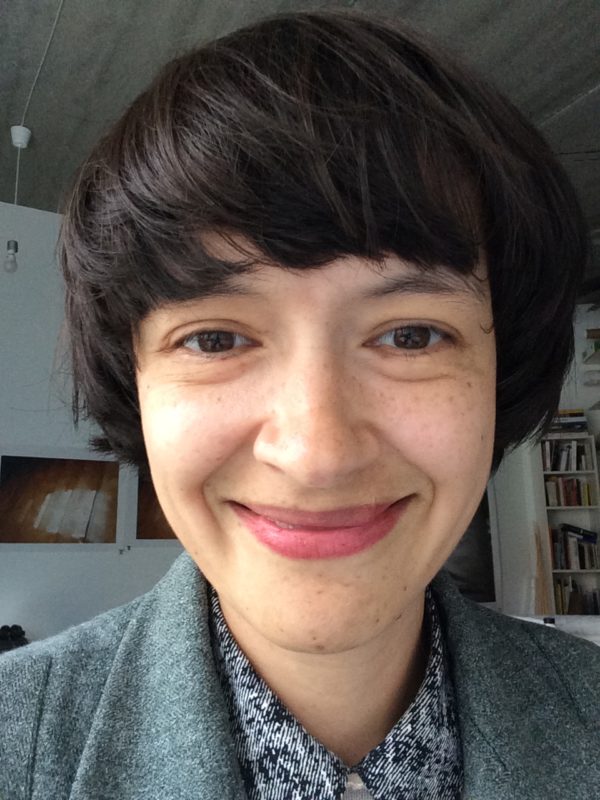
Milena Bonilla
Kunstenaar
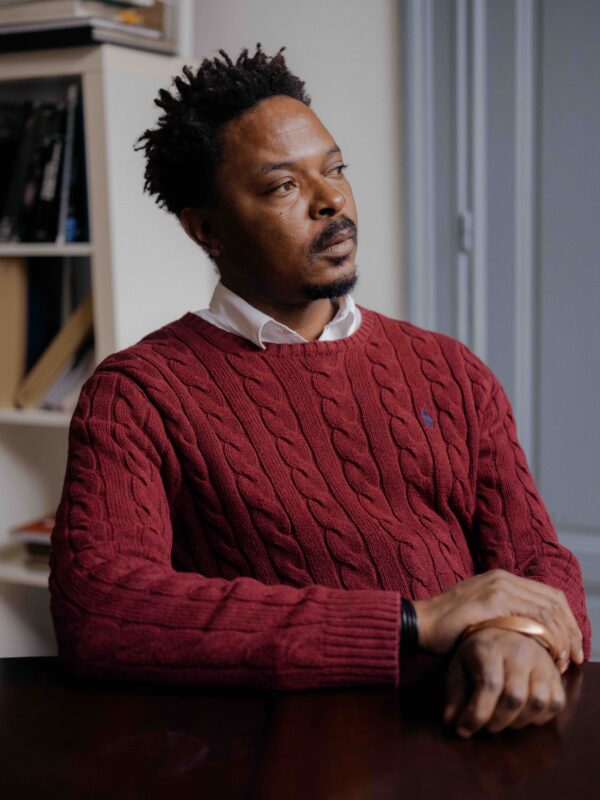
Sammy Baloji
Artist
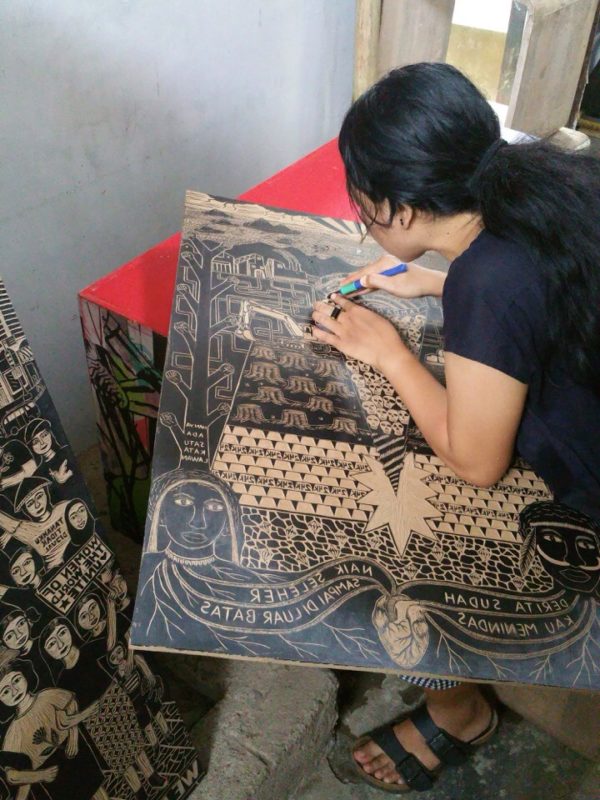
Fitri DK
Artist
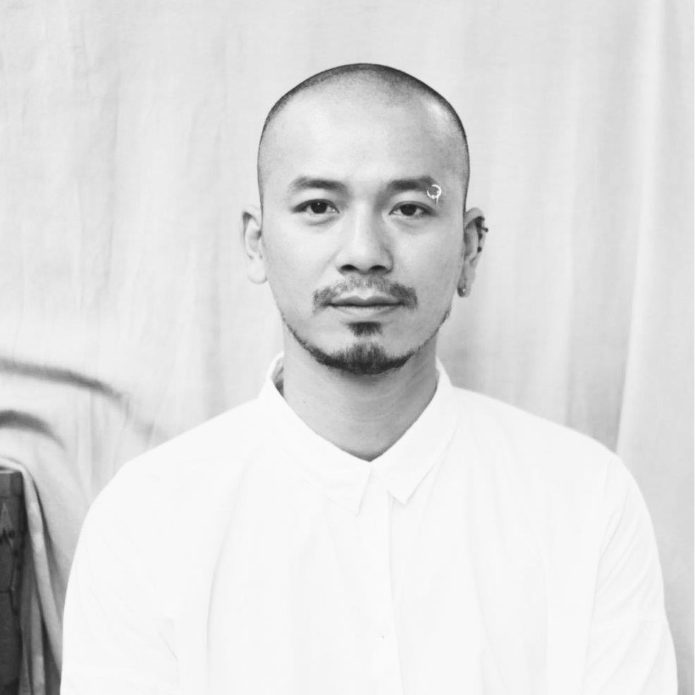
Tuan Mami
Artist
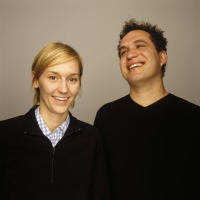
Jennifer Allora and Guillermo Calzadilla
Artists
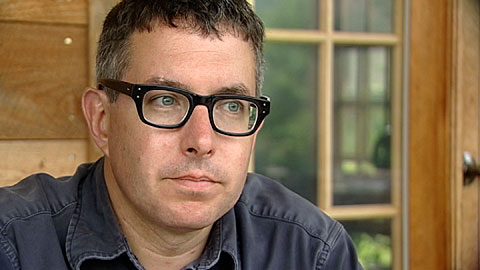
Mark Dion
Artist
